+86-159 9860 6917
info@geofantex.com
geofantex@gmail.com
+86-400-8266163-44899
In the realm of civil engineering and environmental protection, the introduction of load-transfer geomembranes has marked a significant technological advancement. These innovative materials are designed to provide superior support, stability, and durability to various structures, from roads and landfills to dams and erosion control systems. By exploring the functionality, benefits, and applications of load transfer geomembranes, we can gain a deeper understanding of their critical role in modern engineering projects and their potential to address some of the most pressing environmental challenges.
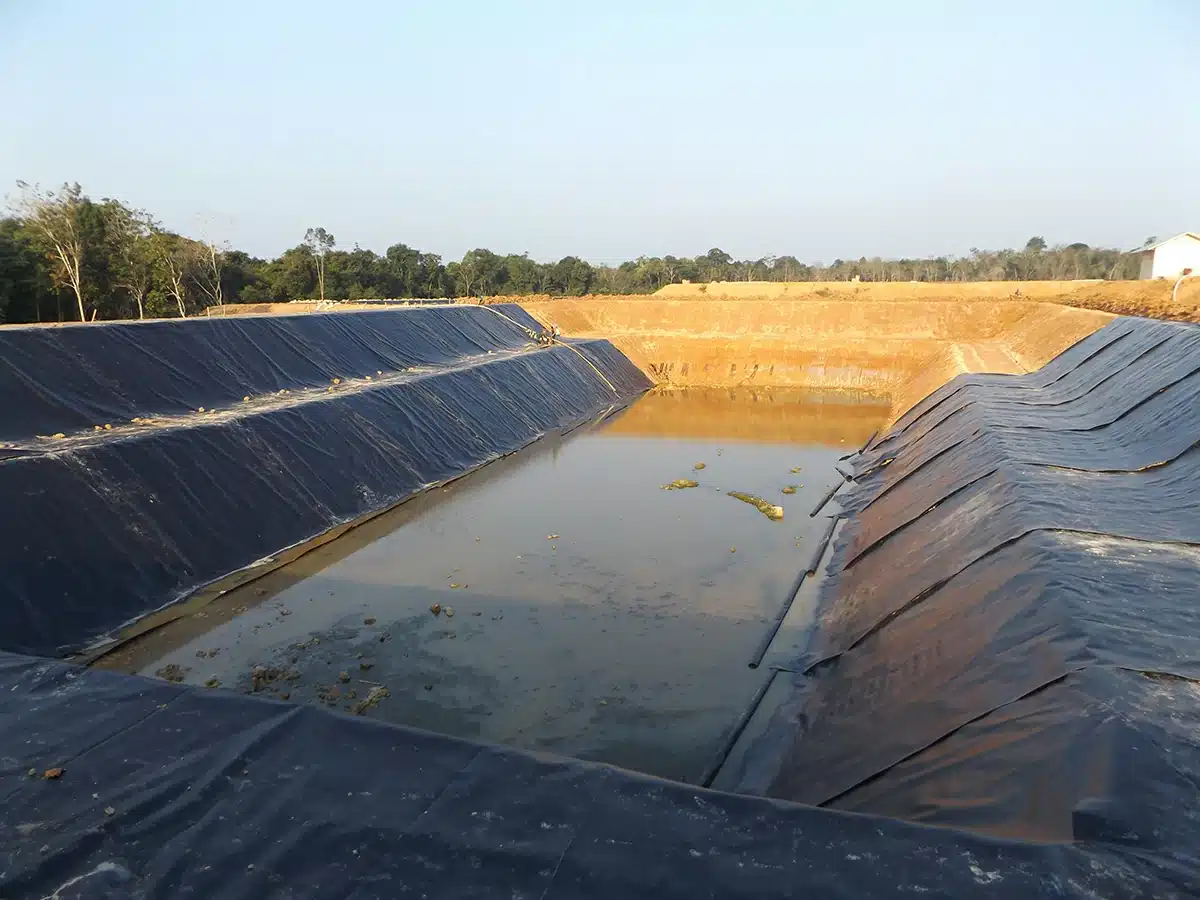
What is a Load Transfer Geomembrane?
A load transfer geomembrane is a specialized, high-strength fabric designed to distribute loads evenly across its surface, thereby enhancing the structural integrity of the systems it supports. Made from robust, flexible materials, these geomembranes are engineered to withstand significant stress, resist environmental degradation, and provide a barrier against water and contaminants. Their unique properties make them an essential component in the construction and environmental protection industries, offering a combination of durability, permeability control, and load distribution capabilities.
How Does a Load Transfer Geomembrane Work?
The working principle of a load transfer geomembrane lies in its ability to spread out loads over a larger area, reducing the pressure on any single point within the structure it supports. This is achieved through its high tensile strength and elasticity, which allows the geomembrane to adapt to shifts and movements in the underlying soil or fill material. By doing so, it prevents the formation of weak spots and minimizes the risk of structural failures, such as cracks or settlements, ensuring the longevity and stability of the project.
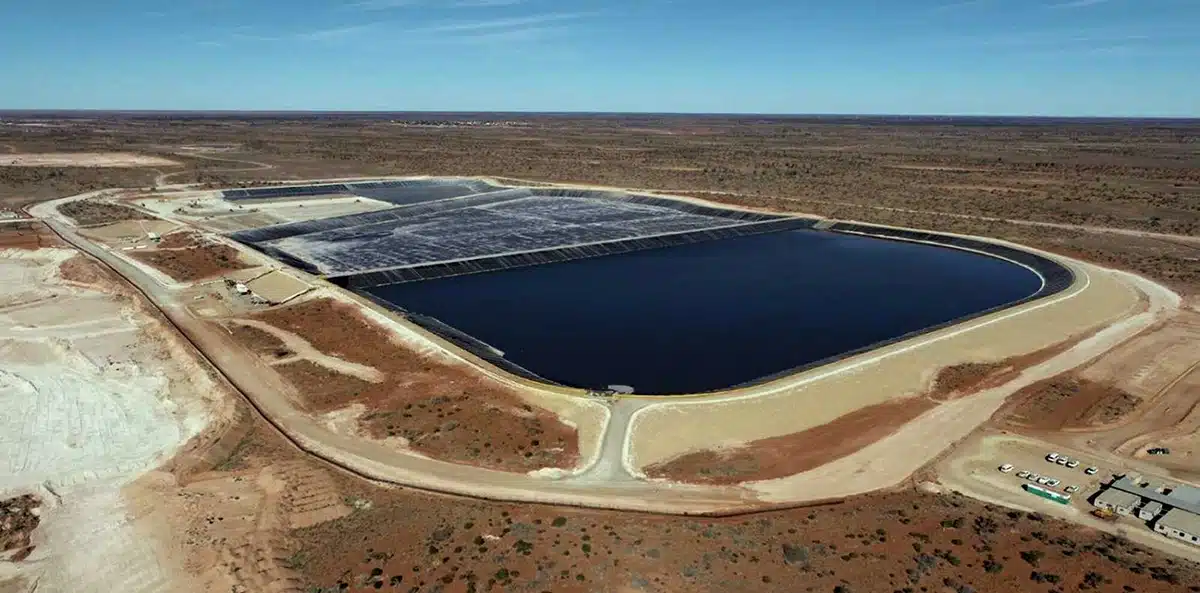
What are the Key Benefits of Using Load Transfer Geomembranes?
The benefits of using load transfer geomembranes are manifold. Firstly, they significantly enhance the structural stability of various engineering projects, making them safer and more durable. Secondly, they offer excellent environmental protection by acting as barriers against contaminants, thus preserving water quality and preventing soil pollution. Additionally, their flexibility and resistance to environmental factors like UV radiation and chemical exposure make them a cost-effective solution for long-term projects. Lastly, their ability to distribute loads evenly can reduce the need for extensive foundation work, lowering construction costs and time.
Where are Load Transfer Geomembranes Typically Used?
Load transfer geomembranes find applications in a wide range of projects. In the construction industry, they are used beneath roads, railways, and airport runways to improve stability and lifespan. Environmental applications include landfill liners and caps, where they prevent leachate from contaminating groundwater. They are also critical in water conservation projects, such as artificial lakes and reservoir linings, and in the protection of coastal and riverbank erosion control systems. Furthermore, their use in the foundation layers of large buildings and structures showcases their versatility and effectiveness in load distribution.
Load transfer geomembranes represent a groundbreaking solution in the fields of civil engineering and environmental protection, offering unparalleled support, durability, and contamination control. Their ability to evenly distribute loads, coupled with their resistance to environmental stresses, makes them an indispensable tool in the construction of safer, more resilient structures and the preservation of natural resources. As technology advances, the applications and capabilities of load transfer geomembranes are expected to expand, further solidifying their role in shaping a sustainable and structurally sound future.
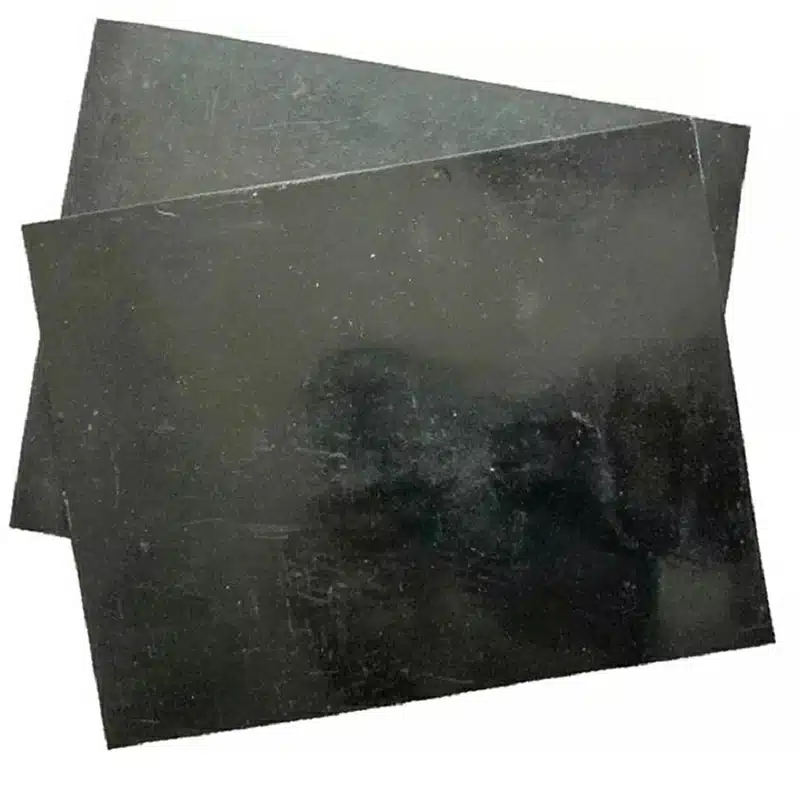
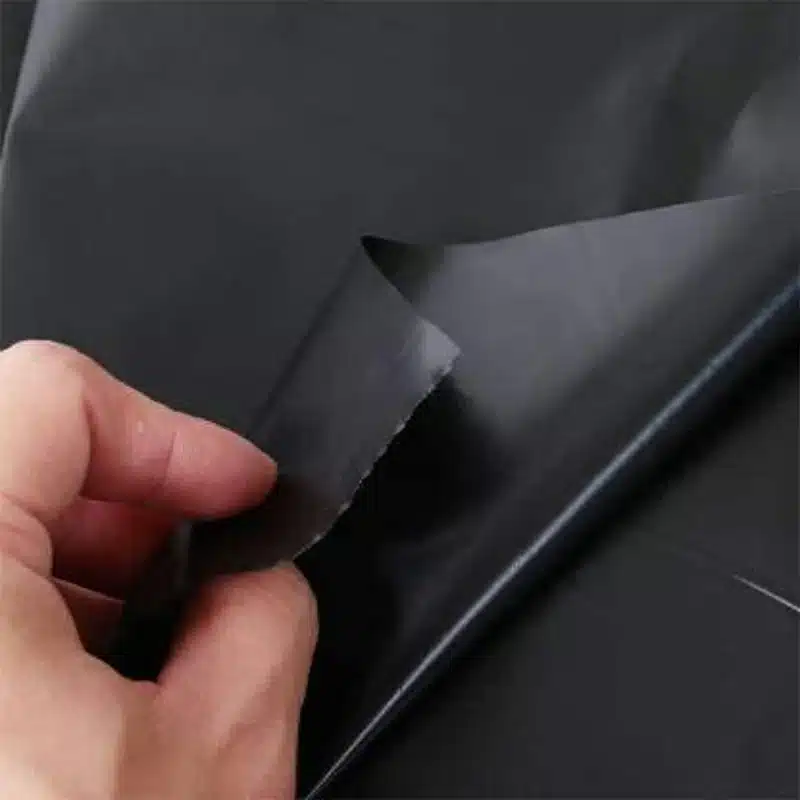
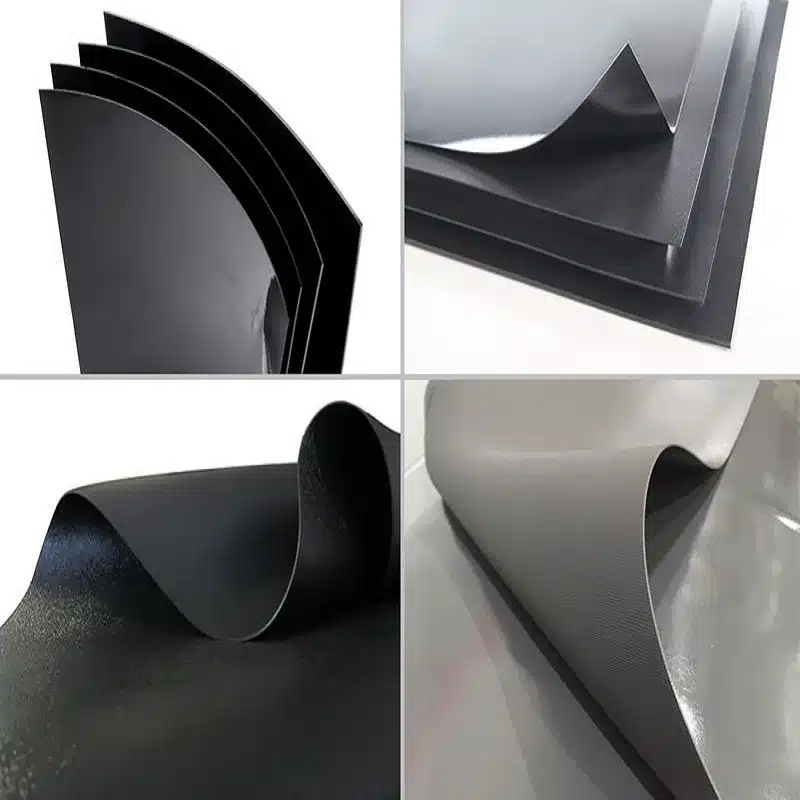
Get Free Sample
We’ll respond as soon as possible(within 12 hours)






















